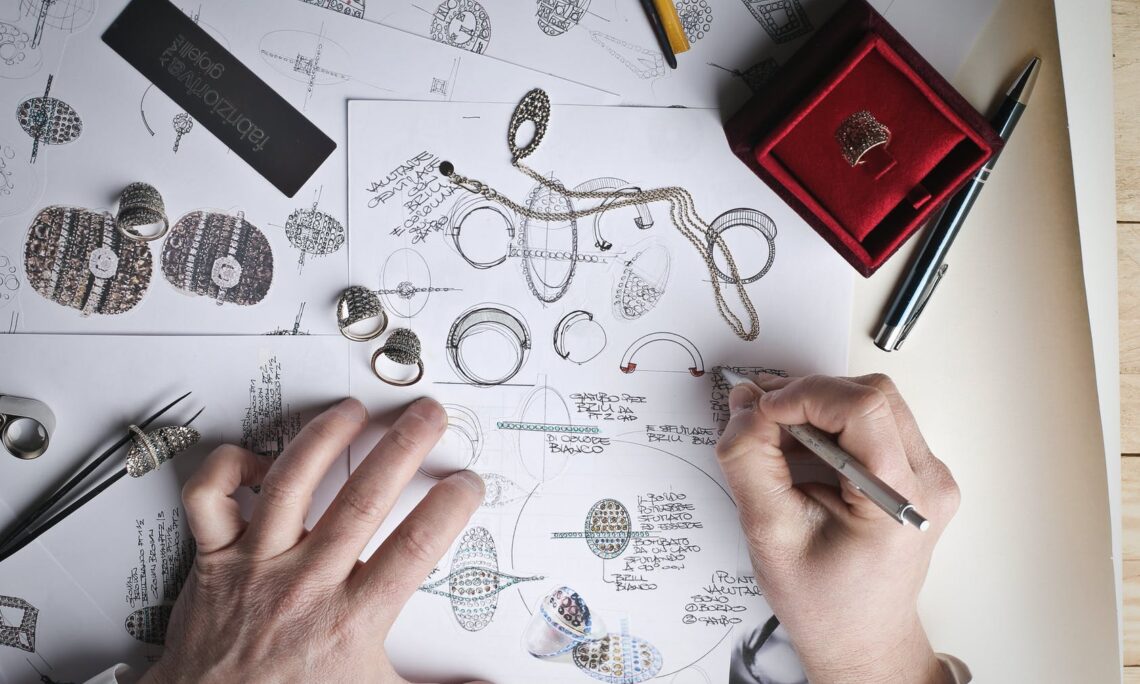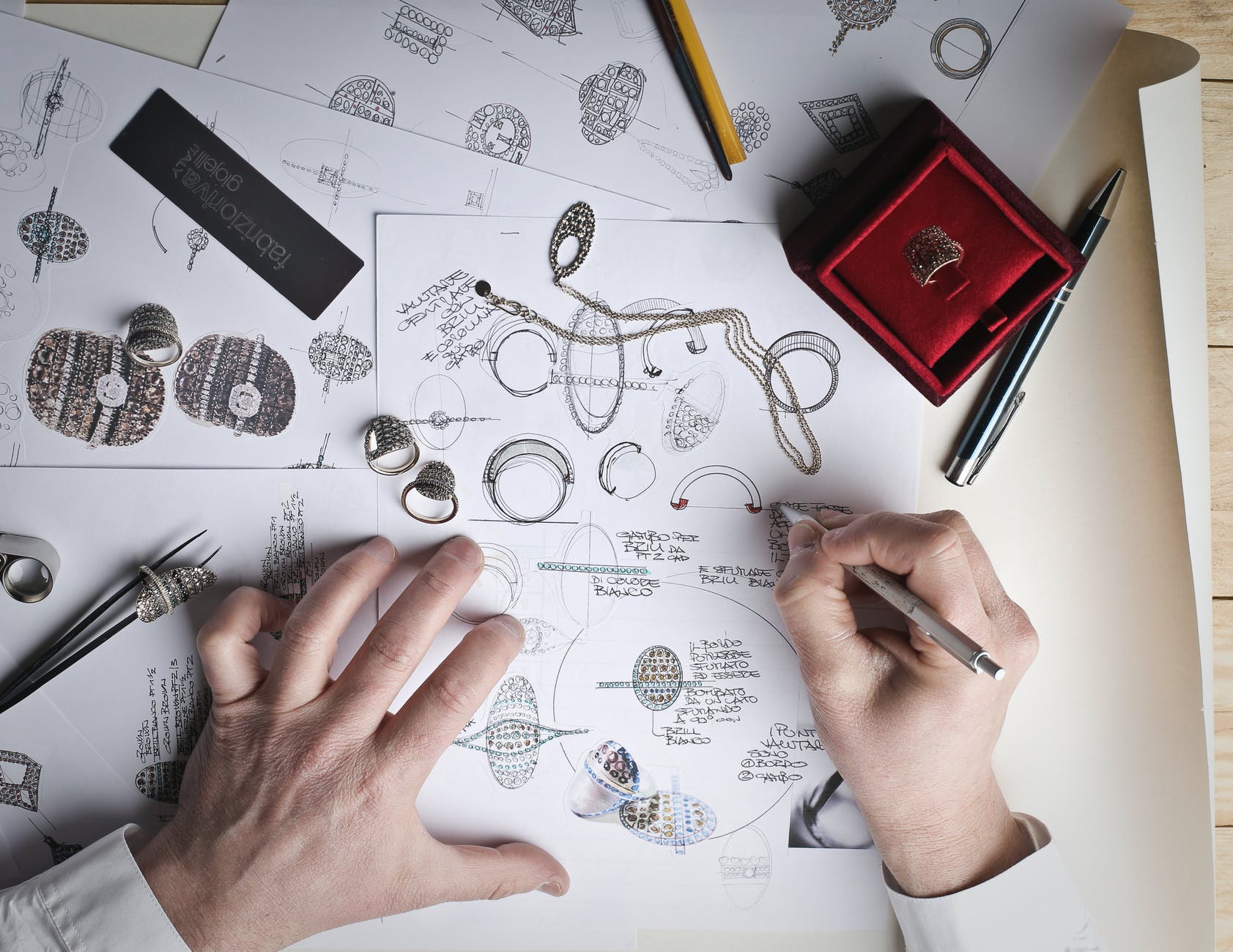
Concept Development: The Importance of Prototyping and Testing

As expected, after researching and looking at what competitors are doing, the next step is to start the production phase. Regardless of the scale of the project, the generic framework is more or less the same. In this case, I am look at around four weeks of concept development and design. Unlike the previous weeks, there was not much lecture content to be covered, so a t to make time for generating concepts. That said, the topics discussed are very interesting, and lead me to find some more interesting articles.
The Importance of Prototyping
A Prototype is a draft of a product that allows one to explore ideas and show the intentions of the overall concept. According to the Interaction Design Foundation, it is an experimental process where ideas are implemented into tangible forms – digital, paper or a combination of both.
Prototyping is very common in design projects. Reason underpinning this can be many, however I think that the main reason is that through prototyping, it makes explaining ideas a lot easier. As stakeholders in a project may come from different professions, it is not always easy to make people understand what you are thinking, and very often it can also be difficult to verbally explain what your intention are. Also, it is common knowledge that there is a big leap from theory to practice. Through prototyping, one can also test the feasibility of a project, identify and potential hurdles and act accordingly,
Once more referring to the Interaction Design Foundation, there are a number of benefits outlined when it comes to prototyping. I found the 1-10-100 Rule very interesting when it comes to explaining the benefits of planning and of course prototyping. Basically the 1-10-100 rule is a quick way to explain the cost and effect of prototyping or the lack of. If put in terms of monetary costs it can be explained as follows:
€1 – Prevention cost: Catching a potential error or threat in the very beginning of a project can be prevented, hence incurring negligible costs.
€10 – Correction cost: Making adjustments to a project, might be more costly, however, in the trail stages it is expected, and in the grand scheme of things in would not impact the outcome of the final project.
€100 – Failure cost: Failing to test and go straight for the final outcome can have repercussions and might cause the whole project to fail. Production would still cost money, however, as the project was not completed, it is very unlikely that the project would bring back any revenue at all. Lack of prototyping can even be a cause for bankruptcy in extreme cases.
Prototyping as the First Step Towards Success
Prototyping helps not only to identify and formulate the main direction of the design but also significantly save time. After spending a day creating a concept, you do not have to spend a week developing a new site layout. But this is not the only reason to devote time to the prototype. (Mishra, 2019)
Shanuj Mishra for UX Collective, 2019
As mentioned above, prototyping has numerous benefits. This view is also shared by the designers interviewed in this week’s lecture. Torsten Posselt from FELD states that one learns from failure, and prototyping your ideas is a very good way of testing. At times one can easily get caught with the final outcome straight away and the steps in between are forgotten. That said, through testing ideas out, one would effectively realise that certain steps need to be taken.
Similarly, this phase of a project is the time where hands-on experimentation can take place. No need to get to the computer screens just yet… prototyping can be done with pen and paper. Personally, I find this for efficient to an extent. Might be more time-consuming, however, my thoughts and hands are working in unison, so I do not lose my train of thought.
Sketching – It Is a Form of Prototyping
In this digital age we are living in where design software is very user-friendly and technology is very accessible, in many cases, sketching seems to take the backbench in many instances. I might be rather old-fashioned, but I still believe that nothing beats pen and paper when sketching out ideas, and that sketching is an integral part of a project and as important as the final outcome. I loved the fact that this point was brought up in the lectures. The designers from Eden Speikermann described sketching as one of the first building blocks in a project. It is a good way to generate ideas also. Sketching without thinking too much at first can bring about good results indeed. They also iterate that idea generation may be the most difficult process in a project, however is the most important and probably the most rewarding also.
Bibliography
Pan, B., 2015. E-Tourism. [online] Research Gate. Available at: <https://www.researchgate.net/publication/270273782_E-Tourism> [Accessed 1 November 2020].
Mishra, S., 2019. The Importance Of Prototyping In Designing. [online] UX Collective. Available at: <https://uxdesign.cc/importance-of-prototyping-in-designing-7287c7035a0d> [Accessed 8 November 2020].





